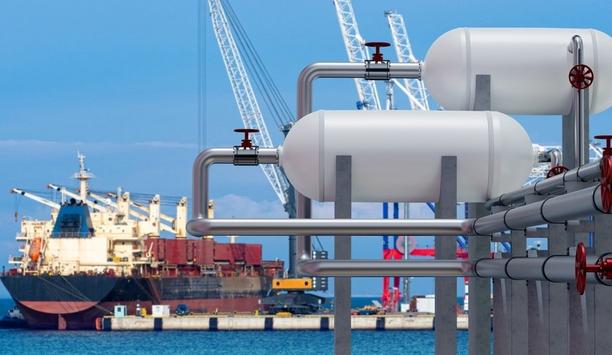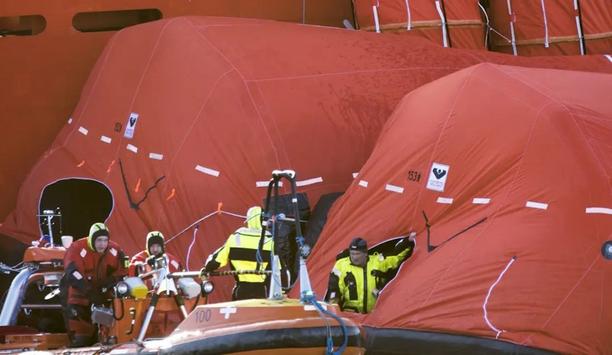Classification Society ClassNK granted an Approval in Principle (AiP) based on its Rule Part N which adopts IGC Code and its Guidelines for Ships Using Low-Flashpoint Fuels to Daihatsu Diesel for their concept design of an LPG reformed gas-fuelled coastal LPG carrier developed in cooperation with Iino Gas Transport, Osaka Gas, Izumi Steel Works, and Miura Shipbuilding in terms of safety assessments.
The Vessel is designed to be equipped with an LPG reformer developed jointly by Daihatsu Diesel and Osaka Gas, and a dual fuel engine developed by Daihatsu Diesel.
Equivalent operational performance
The LPG Reformer is designed to convert LPG into synthetic methane gas equivalent to the kind found in LNG.
The LPG Reformer is designed to convert LPG into synthetic methane gas
Due to being mainly composed of propane and butane, LPG is susceptible to knocking (abnormal combustion), making it difficult to use as a fuel for lean-burn gas engines and dual-fuel engines. In contrast, by converting LPG into synthetic methane gas with the LPG Reformer prior to fuelling the engine, the risks of knocking can be restrained, which is expected to have an equivalent operational performance observed when using LNG.
Dual-fuel engines
Speaking on the occasion, ClassNK Senior Executive Vice President T. Shigemi said “We have cautiously confirmed the design’s safety and are proud to be involved with this project. LPG is starting to become an option in the maritime industry and we have high expectations for the possible benefits that its use may bring in terms of environmental safety and efficiency.”
Daihatsu Diesel President S. Kinoshita said "We have developed dual-fuel engines from the view point of global warming prevention, and this LPG reformer will provide more options for customers. We would like to make further efforts toward a zero-carbon society. I thank ClassNK and our partners for their efforts and cooperation in making the concept design and safety assessment."










